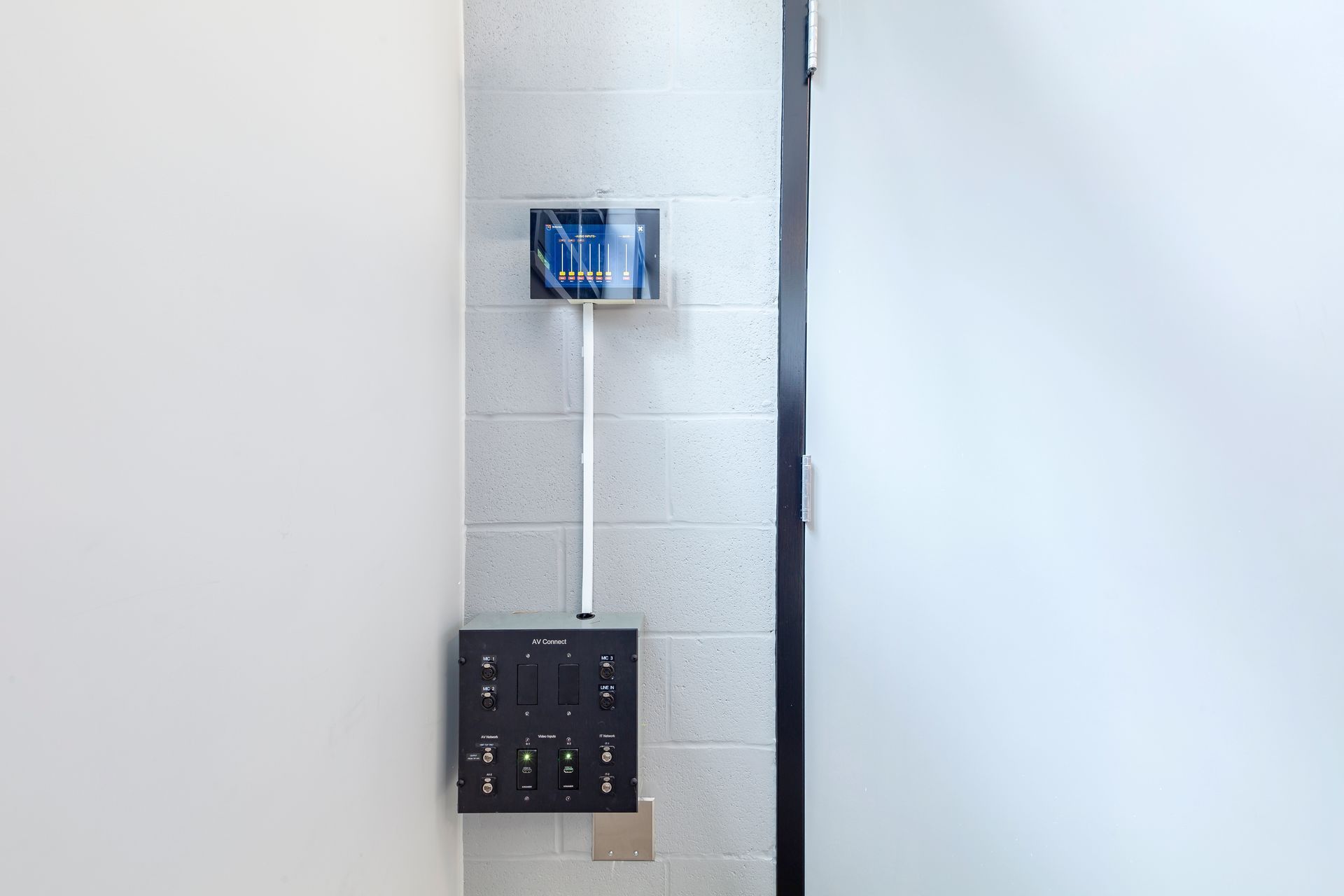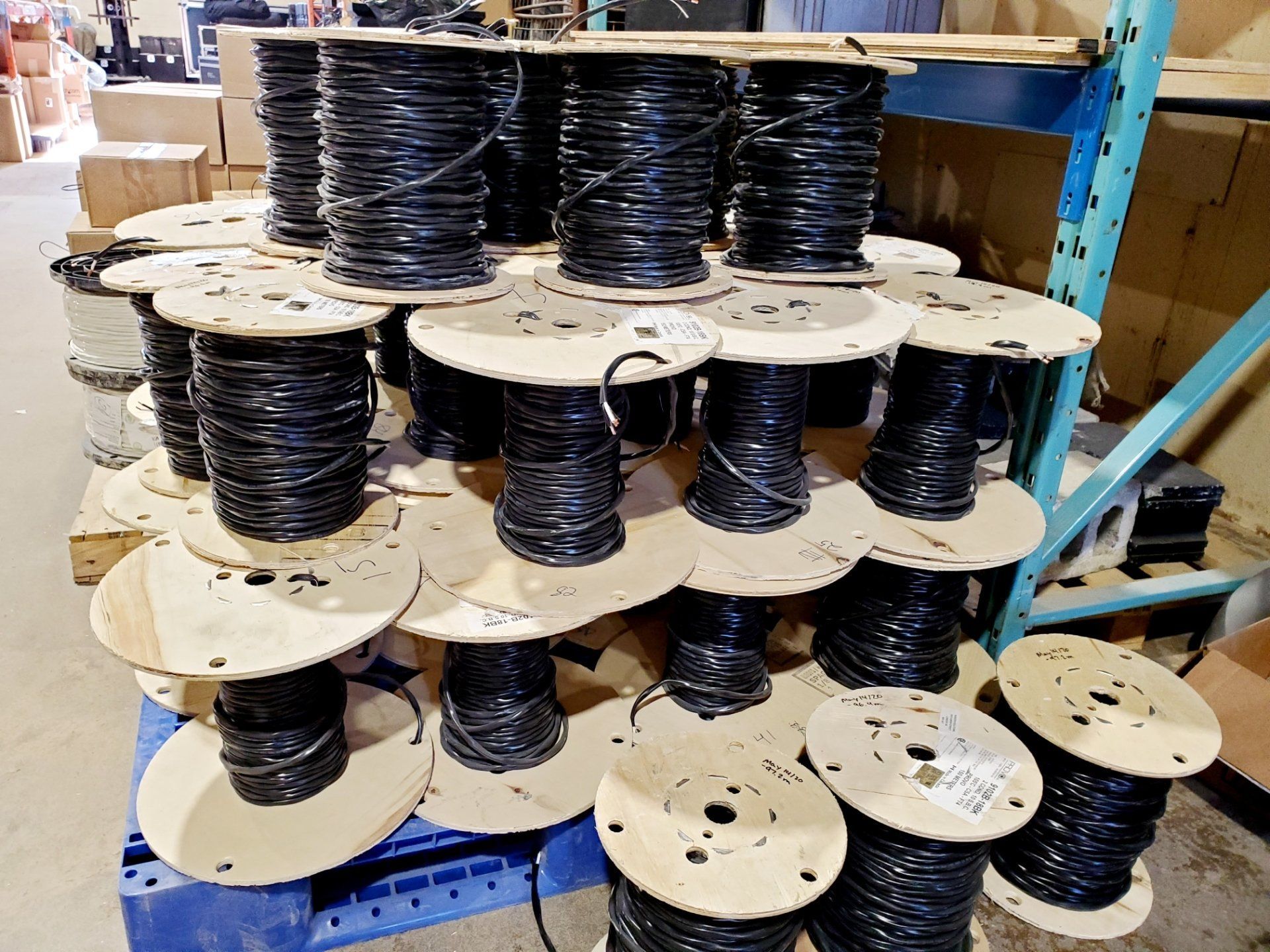Balancing Best Price and Best Service in AV Procurement: Is It Possible?
When it comes to procurement for professional audio, lighting, and video services, is it possible to balance the “best price” and “best service”? We think it is! Below are some insights that may help you navigate this challenge.
The Challenge of Price-Driven Procurement
Many municipalities and organizations are required to purchase from the vendor offering the lowest price. But is this approach always the best?
As taxpayers, we want assurance that public money is being spent appropriately, and that there’s no room for favouritism or backdoor deals. The intent is good, but in practice, this system often results in a “bare bones” solution. The theory behind it is to guard against preferential treatment or collusion, ensuring that public funds are used responsibly. However, focusing solely on the lowest price can often result in solutions that are less than ideal.

The Problems with Choosing the Lowest Price
The most common scenario is when an RFQ (Request for Quotation) or RFP (Request for Proposal) is posted publicly, allowing various companies to bid. If the RFQ or RFP is not tightly written, there’s often room for companies to offer lower-cost equipment that just meets the minimum requirements.
For example, imagine a school requesting a 500W 12” speaker. This could mean a speaker priced at $200 or one that costs $5000. Without specifying a brand, model, or additional details, a purchasing department might not know the difference, and they may purchase the cheapest option. The results will vary significantly depending on the choice. If the users expected a $4000 professional speaker and end up with a $200 unit, they will be disappointed. On the other hand, if they were hoping for a $150 speaker, they might be pleasantly surprised. But if they needed something like the $5000 model, then the money spent on the $200 speaker was wasted, and they may need to start the process over when the equipment fails.
This situation may sound extreme, but it’s one we encounter regularly.
Avoiding Vendor Interaction: A Common Misstep
Another challenge arises when technicians or instructors avoid interacting with vendors. They may be reluctant to ask questions or seek help from dealers when preparing their RFP or RFQ documents. The reason? They don’t want to waste the vendor’s time if they end up not winning the contract.
We’ve had many conversations with technicians and venue managers who have shared these stories. They often spend a great deal of time putting together specifications based on their knowledge or internet searches. Sometimes this works out well. Technicians who are familiar with the systems they need can be very specific, and they might get what they need at the best price.
But more often than not, technicians and venue managers have other responsibilities. They may not have the time to research the latest technologies, nor the experience that comes with regularly installing systems across various applications. This can lead to systems being designed and installed without proper consultation, often based on outdated or incomplete knowledge.
The Consultant’s Role in Large Projects
When a project reaches a certain size, many municipalities and organizations will bring in a consultant as an unbiased third party. This is often the right move for large, complex projects that require coordination between multiple consultants, engineers, and contractors. In these cases, the consultant takes responsibility for creating a specification that addresses everyone’s needs.
This can be an ideal scenario, especially for larger, more involved projects.
Smaller Projects: Is There Another Solution?
But what happens when the project is smaller, or when the budget doesn’t justify the fees of a consultant? Is there another solution?
Yes, there is.
The Role of Professional AV Contractors
First, it’s important to recognize that not all AV vendors or contractors are the same. Some are transactional, simply focused on completing the sale. Others are professional AV contractors who work to build long-term relationships, looking at both past projects and future goals.
When a municipality or organization is looking to purchase a new system, they can contact a professional AV contractor and discuss their project in detail. The contractor can provide valuable input without any contract or obligation. This might include equipment demonstrations, examples from previous projects, or budgetary pricing that reflects street value rather than MSRP or online prices.

The Competitive Edge of Professional AV Contractors
A professional AV contractor brings more to the table than just a quote. Here’s what sets them apart:
- Collaboration with Manufacturers: The contractor will work with manufacturers’ representatives and design teams to ensure the right solution for your needs.
- Thorough Needs Assessment: They will review your current system and specific requirements to ensure proper integration and maximum value.
- Cost-Benefit Analysis: They will weigh the pros and cons of different products and solutions to ensure you get the best possible value from your investment.
By doing this due diligence, a professional AV contractor gains a competitive advantage when the bidding process begins. The result? You, the client, receive a solution that meets your needs while knowing the purchase was properly designed.
Building Strong Relationships for Long-Term Success
This approach may not work in every situation, but more often than not, building a strong relationship with a trusted AV contractor is the best way to get both the system you need and the best price.
Horizon Solutions: Balancing Value and Quality
At Horizon Solutions, we exist to balance value and quality, bringing innovative solutions to our clients. If you’re looking for a professional contractor committed to helping you achieve your audio, lighting, and video goals, we’d love to talk to you.
We’ve built strong relationships with institutions, municipalities, and organizations across the country. Reach out to us to discuss how we can help with your next system design or equipment purchase.










